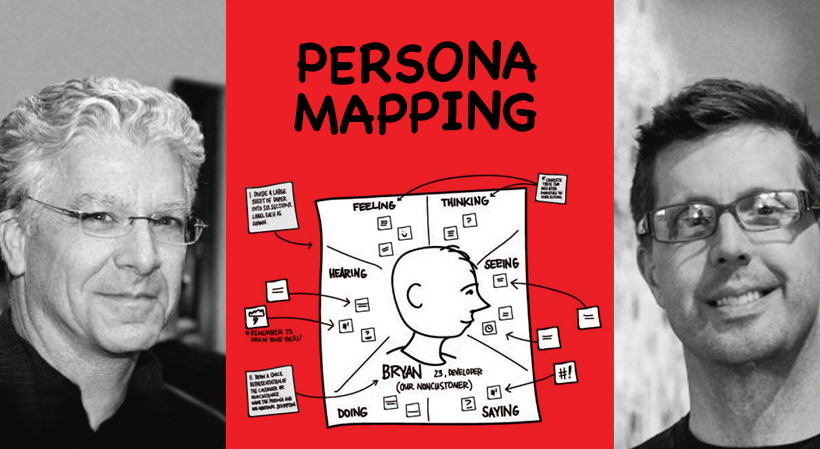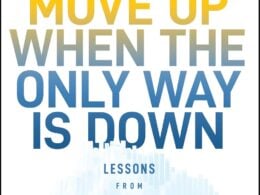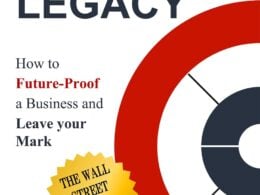StartupNation has partnered with “The Art of Opportunity” to provide an exclusive content series for our readers.
Today we’re talking about persona mapping. You may have heard about persona mapping, (often called empathy mapping or “big head” exercises). It’s an increasingly common tool to help you and your team build a deeper understanding of your customer (or noncustomer) through a shared view of their desires, concerns and motivations.
Empathy is at the heart of persona mapping. Getting inside the head of your customer and seeing the world through their eyes is the key to success.
To create a persona map, you’ll need large sheets of sticky notes (about 25” x 30.5”), large felt tip pens and small sticky notes.
StartupNation Exclusive: Access “The Art of Opportunity” Original Content
To start, select the customer or noncustomer you’d like to better understand. You should only map one type of persona at a time, but you can do this exercise for as many potential personas as you have time and patience. If you’re just beginning, start with your target customer.
Place a large sticky note on the wall. Draw a simple likeness of your customer in the center. Label the persona (even give them a name, as this can be a fun way to loosen up) and include a quick summary of their defining characteristics (age, occupation, etc.).
Next, divide the space around your likeness of the customer into six equal areas. Starting in the upper left section and working clockwise, label the sections feeling, thinking, seeing, saying, doing and hearing.
Once you’ve completed that, have each person on the team generate as many ideas as possible for each of the categories, starting with seeing. Gradually progress around the paper until you arrive at feeling and thinking. You are deliberately working from the tangible to the intangible.
(Note: If you’ve completed a customer journey map, you may wish to identify a specific stage in the journey that you’d like to empathize with. If not, just keep in mind your persona’s overall experience).
Imagine what the customer is seeing about the product or experience. What do they see in their world that may or may not be related to their experience? What are they seeing at home? At work? What do they see their colleagues doing? Don’t overthink your ideas, and don’t waste time trying to translate your answers into acceptable business speak. Write your answers as they’d be heard in real life. This is an often overlooked, yet important part of persona mapping because it reveals the unfiltered emotional state or importance of the idea, need or observation.
Once each participant has completed generating ideas for each section, share them one at a time. Discuss your findings. Where do you have general agreement? Where are there discrepancies? Ask why. Are there larger unexpressed themes? Write additional observations and insights on sticky notes and add them to the map.
Step back. What do you see in this person? Do you have a good sense of their motivations, concerns, or needs? How might you help them?
Return to your persona map when you need to evaluate opportunities. How would the persona respond to the offering or idea? Does your offering or idea answer their questions, or solve their problems or address their needs?
Related: Sign up to receive the StartupNation newsletter!
One final tip: to get more perspective, you can always have different people create persona maps for a single persona. Add their observations to yours to create an even deeper understanding of your persona.
(Credit for persona mapping goes to Dave Gray, James Macanufo and Sunni Brown, Gamestorming)
“The Art of Opportunity” is available now wherever fine books are sold and can be purchased via StartupNation.com.







